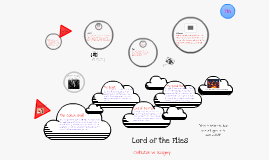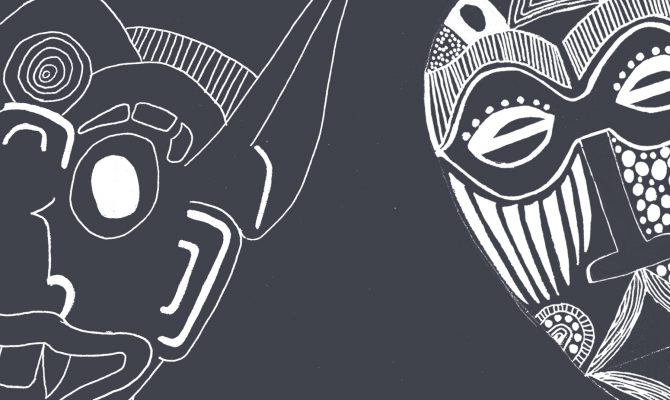

In 1776 the American colonies gained their independence from Britain and the United States of America was established. Native Americans were massacred and held captive by Europeans and the small percentage that survived were expelled outside their habitat. The vast majority of the population 90 to 95% died due to these diseases which allowed the Europeans to conquer and colonize more lands easily. Native American people were healthy, they weren’t accustomed to diseases, therefore their immune system didn’t have the proper defense against the diseases that Europeans brought with them. They were very hospitable and helped them survive the harsh conditions by teaching them their own skills. When they encountered the first European settlers, they were fascinated by the tools they had brought with them such as steel knives, copper kettles and mirrors. They mastered several skills that enabled them to survive such as fishing, hunting, growing crops and building homes. Nevertheless, they never officially owned any land. They respected the land and wisely used its natural resources. Native American people have inhabited the land that was later known as America since the ice ages. Thomas Crawford, The Progress of Civilization, 1863, U.S. This work, if contrasted with unbiased history and other paintings such as Ferris’s The First Thanksgiving 1621, highlights a deformed version of history. This structural group has several elements that are irrelevant to reality and shows the discrimination, racism, arrogancy and lies of the Americans. Various works, such as paintings, sculptures, novels, poems and songs have deformed the reality of history in order to transmit the idea of the supremacy and heroism of America.Īmong these works is Thomas Crawford’s pediment sculpture Progress of Civilization that is situated above the senate doors on the east front of the U.S Capitol. This fact is written in books, seen in movies, and embodied in art. The story of the discovery of the land is known to everyone but the invasions, conquests and massacres committed against the natives are subject to misinformation and misinterpretation. All of these things emphasize the Native American's status as secondary to the white cowboy.Although the United States is considered a young nation, the land where it is established was home to native people since thousands of years ago.

Additionally, there are illustrations in which the white male faces are clearly seen but the Indian’s face may be downcast or hidden altogether. The Native man may be kneeling at a fire, suggesting he is performing the domesticated, “feminine” role of cook. For instance, notice that in a number of the images, the white men are positioned above, surrounding a single Native American man. Such “civilized” representations of Native American men reveal racial hierarchies at play. Rather than having agency on his own land, the Native is forced onto reservations and then expected to aid the white men in power. The figure of the civilized savage reminds audiences that Native Americans are still inferior to white men. The song uses violent imagery to remind audiences that though this Indian chief is now deemed civilized by white audiences, his link to violence, barbarism, and savagery can never be completely broken.Īlthough popular images of Native American men never truly distanced them from savagery, frontier stories and songs frequently feature them in more civilized roles, as a friend or guide to the white hero. His return marked the disappearance of the violent savage replaced by the civilized Native American who accepts the white man’s knowledge. 7) tells the story of a Native American tribe celebrating the return of an Indian chief from college.

Such texts emphasized the idea that the Native man could at any minute revert to his primitive nature and return to violence. Though Native American violence increasingly came to be seen as historical, it does not disappear from white representations of Native Americans.Īlongside official attempt to assimilate Native Americans through programs such as missionary schools and government benefits, popular music, art, and literature continued to stoke fears of the savage Indian. Notice that “savagery” is still very present in the popular imagination. The popular image of the Native American warrior was replaced with the stereotype of the “civilized” or “noble savage” doomed to extinction. While Native American men were often depicted as having an inherent violent nature, a long history of white colonization, even genocide, of American Indians had led to a parallel view of Natives as largely conquered and subdued.


 0 kommentar(er)
0 kommentar(er)
